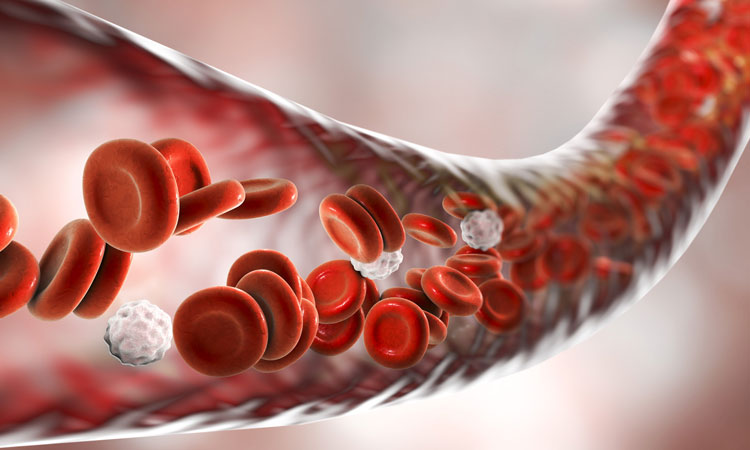New optical technique affords unique insight into blood cell development
Posted: 13 March 2020 | Mandy Parrett (Drug Target Review) | No comments yet
Scientists in Hong Kong have developed a novel optical technique that facilitates accurate tracking of hemogenic endothelium cells in zebrafish embryos, providing new insights into the mechanisms of blood formation and potential new understanding of diseases such as leukaemia.

Understanding the origins and development of organisms is integral to the advancement of medicines. However, following or predicting a cell’s developmental path is not straightforward given the innate heterogeneity that exists across cell types.
Hitherto, the means of investigating heterogeneity has been largely ineffective. Traditional bulk-labelling techniques are unable to dissect heterogeneity within cell populations and newer single-cell lineage tracing methods invented in the last decade fall short of providing high-fidelity single-cell labelling and long-term in-vivo observation simultaneously.
A team of scientists in Hong Kong, however, has developed an imaging technique that overcomes the inadequacies of these methods. By enabling them to label a single hemogenic endothelium (HE) cell in a zebrafish embryo, they are able to track the cell and its descendants, providing new insights into how blood cells develop.
“We developed an infrared laser-evoked gene operator (IRLEGO) technology, in which a two-photon fluorescent thermometer is utilised to measure the temperature rise in vivo to achieve precise single-cell labelling,” said Prof Qu, Professor at the Department of Electronic and Computer Engineering at HKUST. “The two-photon microscopy-based thermometry could perform in-vivo and non-invasive imaging of a temperature rise in the region around the infrared laser focal point in the tissue with an accuracy of about 0.5°C. Using this state-of-the-art fluorescent thermometer, we successfully measured the temperature distributions in the region close to the infrared laser focal point in live zebrafish. The results show that the temperature can be raised to 40-50°C for heat-shock induction in a well-defined small 3D volume (~15-20μm), which is about the size of one or two cells.”
Labelling and tracing problems overcome
The common problem of background noise, which occurs with various single-cell lineage tracing technologies in the form of green fluorescent protein signals in zebrafish without heat shock, is a major challenge in single-cell lineage tracing. To minimise the effect of this background noise, the team developed a statistical algorithm to determine the lineage distribution derived from a single cell.
“Using this tool, we documented that the hemogenic endothelium (HE) cells in the posterior blood island of zebrafish are heterogeneous in terms of hematopoietic potential. Our study demonstrated that the high-precision single-cell IRLEGO technology has outstanding capacity to perform single-cell labelling and long-term in-vivo lineage tracing,” Prof Wen, Professor at the Division of Life Science at HKUST said.
The research team – in collaboration with Prof XU Jin of the Division of Cell, Developmental and Integrative Biology, School of Medicine, South China University of Technology – also revealed that there are at least two distinct populations of hemogenic endothelium cells. One of them can give rise to both lymphoid and myeloid cells, while the other can only give rise to myeloid cells.
“These findings shed light on the mechanisms of blood formation, and potentially could provide useful tools to study the development of diseases such as leukaemia. Additionally, the single-cell labelling technology could be applied to study the development of other tissues and organs and to answer many important questions related to stem cell biology, including cancer stem cells,” Prof Wen added.
The technique holds great potential for additional applications, too:
“In future, we aim to apply the single-cell labelling technology to answer fundamental biological questions and develop therapeutic strategies against a variety of diseases, such as developmental origin(s) of different types of tissues (and) tracing single cell movement in vivo – eg, immune cell responses to a variety of induction signals, monitoring cell competition in tissue homeostasis and cancer formation, etc,” Prof Qu added.
These research findings were published in the scientific journal eLife.
Related topics
Drug Targets, Imaging, In Vivo, Research & Development, Structural Biology
Related conditions
Leukaemia
Related organisations
Hong Kong University of Science and Technology (HKUST)
Related people
Professor Qu, Professor Wen, Professor XU Jin






